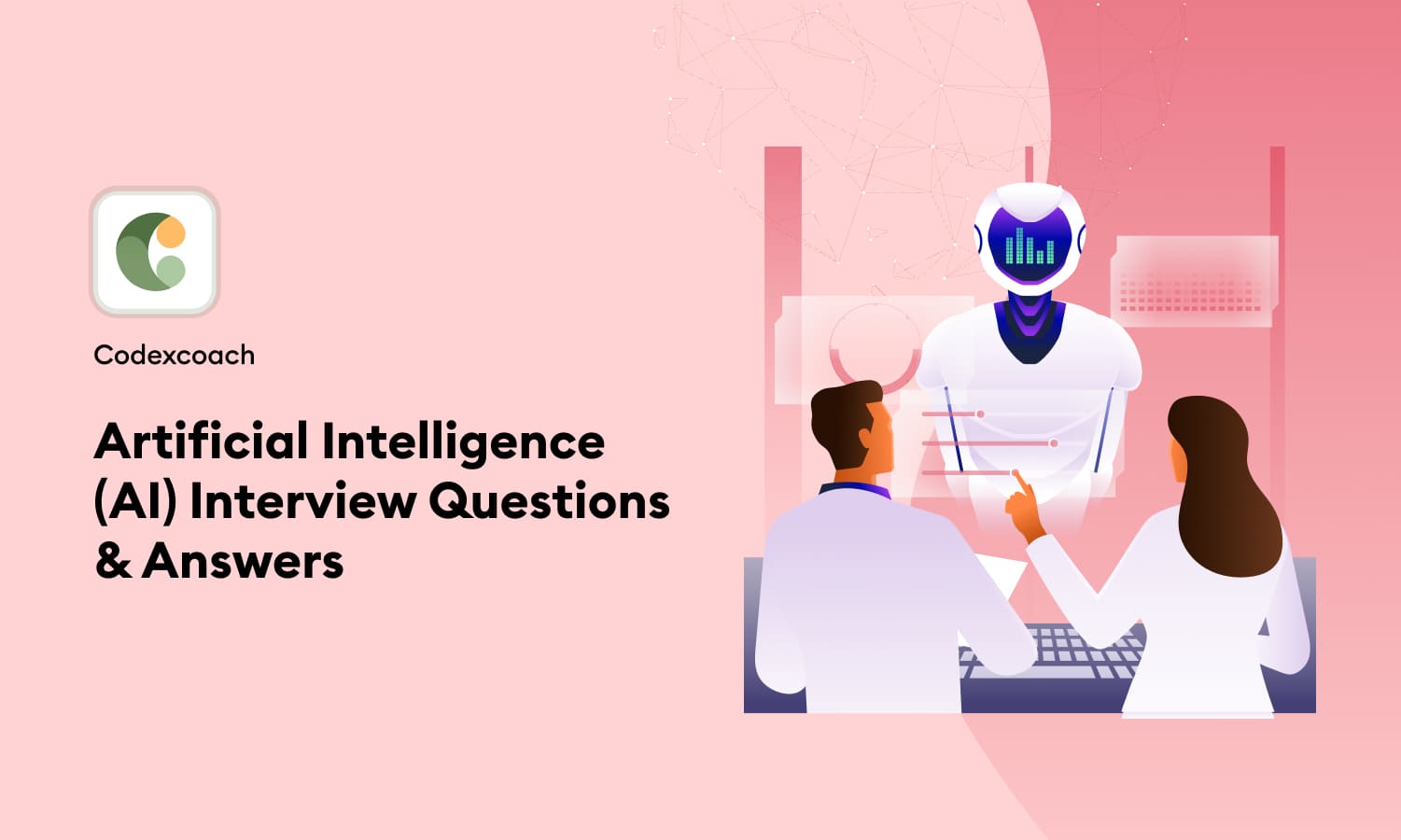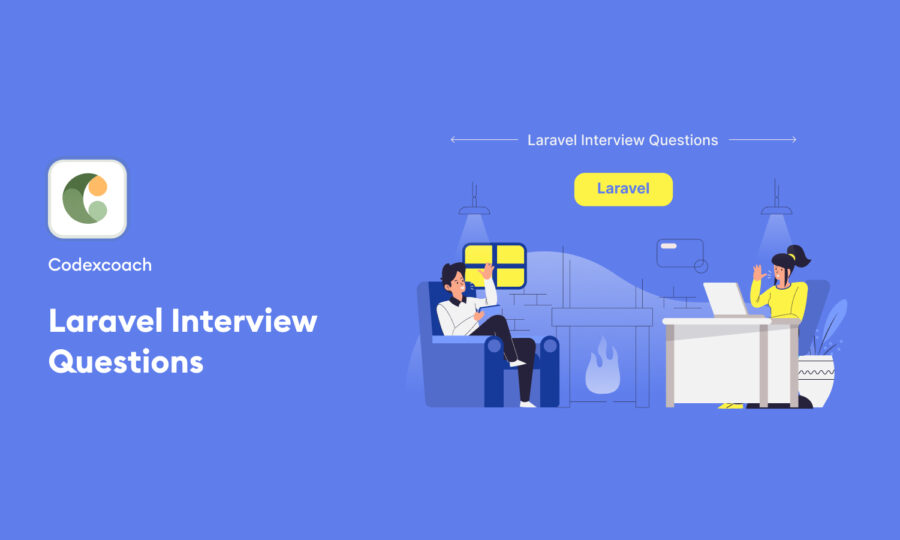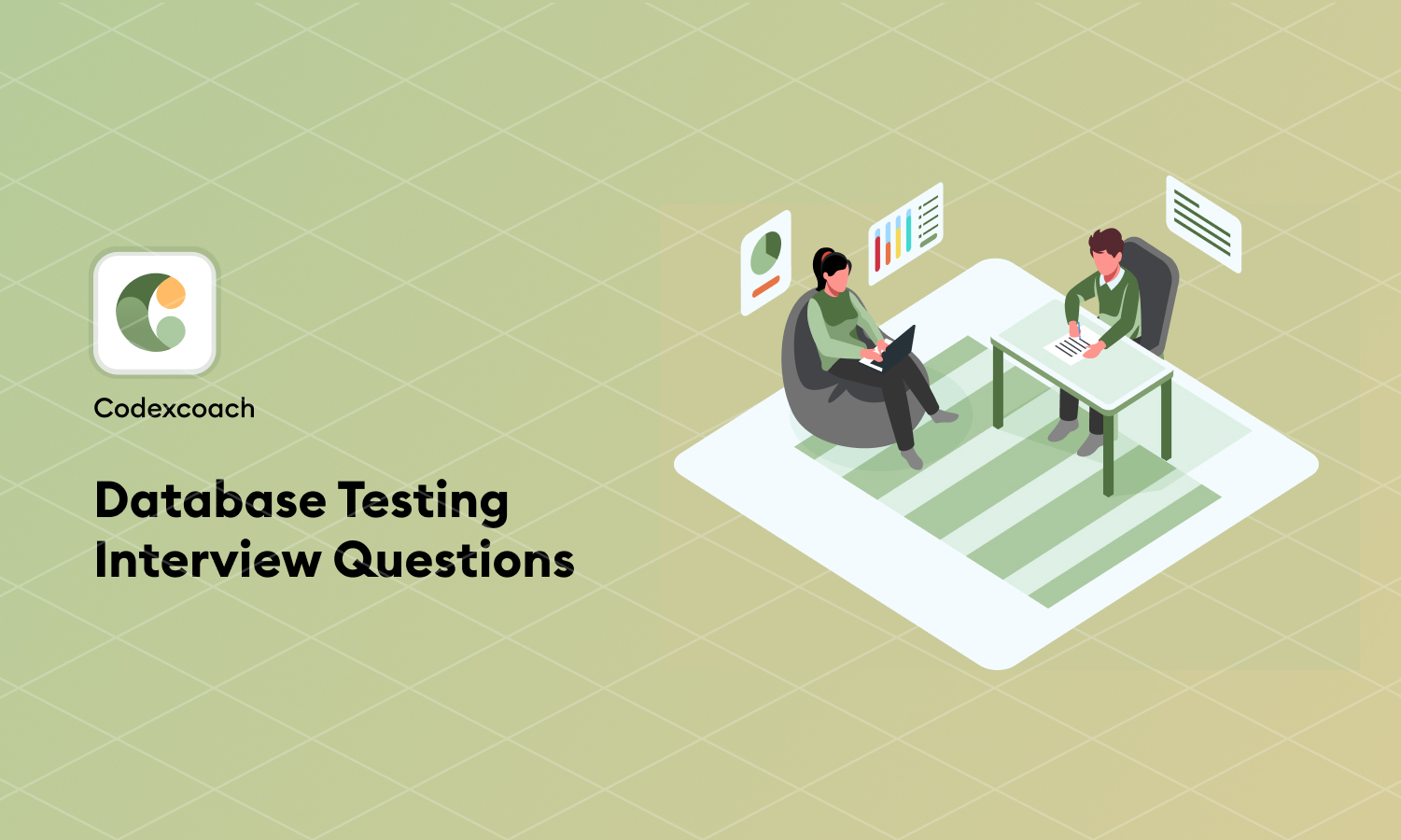The field of mobile app development is continuously evolving, with millions of apps available on various platforms, including iOS, Android, and cross-platform solutions like React Native and Flutter. Aspiring mobile developers need to be well-prepared for interviews to showcase their skills and knowledge in this competitive industry.
1.What is the difference between native and hybrid mobile app development?
Native mobile app development involves building apps specifically for a particular operating system, such as iOS or Android, using platform-specific languages and tools (Swift/Objective-C for iOS, Java/Kotlin for Android). Hybrid development uses web technologies like HTML, CSS, and JavaScript to create cross-platform apps that can run on multiple platforms with a single codebase, often using frameworks like React Native or Flutter.
2.Explain the Android Activity lifecycle.
The Android Activity lifecycle consists of several states, including:
- onCreate(): Called when the activity is first created.
- onStart(): Called when the activity becomes visible.
- onResume(): Called when the activity is in the foreground and ready to receive user input.
- onPause(): Called when another activity comes to the foreground.
- onStop(): Called when the activity is no longer visible.
- onDestroy(): Called when the activity is being destroyed.
3.What is an Intent in Android?
An Intent is a messaging object used to request an action from another component within an Android application. It can be used to start activities, services, or broadcast messages between components. Intents can be explicit (targeting a specific component) or implicit (allowing the system to choose the appropriate component).
4.What are the advantages of using RecyclerView over ListView in Android?
RecyclerView is a more advanced and flexible replacement for ListView in Android. Its advantages include better performance through the use of a ViewHolder pattern, support for horizontal and vertical layouts, easy animations and item decorations, and the ability to handle complex item types efficiently.
5.Explain the concept of memory management in iOS.
iOS uses Automatic Reference Counting (ARC) to manage memory. ARC automatically tracks and manages the memory used by objects, releasing them when they are no longer needed to prevent memory leaks. Developers need to understand strong and weak references and use the appropriate reference types to avoid memory issues.
6.What is the significance of Core Data in iOS development?
Core Data is a framework in iOS used for data modeling and management. It provides a way to work with complex data structures, perform data persistence, and manage object graphs efficiently. Core Data is commonly used for implementing features like data storage, undo/redo functionality, and data synchronization.
7.Explain the concept of asynchronous programming in mobile development.
Asynchronous programming is essential for responsive mobile applications. It allows tasks like network requests, file I/O, or time-consuming operations to be executed in the background without blocking the main user interface. Common approaches in mobile development include callbacks, promises, and async/await.
8.What are the key considerations when designing a mobile app for performance and responsiveness?
Key considerations include optimizing UI rendering, minimizing network requests, using background threads for heavy tasks, managing memory efficiently, and testing on various devices and screen sizes to ensure responsiveness.
9.How do you handle different screen sizes and resolutions in Android app development?
Android provides resources folders (e.g., res/layout, res/drawable) where you can define layouts, images, and other resources for different screen sizes and resolutions. The system will automatically select the appropriate resources based on the device’s characteristics.
10.What is the purpose of Interface Builder in iOS development?
Interface Builder is a visual design tool used in Xcode to create and design user interfaces for iOS apps. It allows developers to create UI elements, define layouts, and establish connections between the user interface and code using Interface Builder outlets and actions.
11.What is the difference between Swift and Objective-C in iOS development?
Swift and Objective-C are both programming languages used for iOS development. Swift is a newer, more modern language developed by Apple, while Objective-C has been around for a long time. Some differences include syntax (Swift is more concise), safety features (Swift has optional types), and performance improvements. Swift is gradually becoming the preferred language for iOS development.
12.What is the significance of the AppDelegate in an iOS app?
The AppDelegate is a crucial part of an iOS app. It is responsible for managing the app’s lifecycle, handling events such as app launch and termination, managing background tasks, and responding to system events. Developers can use the AppDelegate to set up initial configurations and perform tasks that need to occur when the app starts or enters the background.
13.What are the advantages and disadvantages of using third-party libraries or frameworks in mobile app development?
Advantages include faster development, access to pre-built features, and community support. Disadvantages can include increased app size, potential compatibility issues, and reliance on external code quality and maintenance. It’s essential to carefully evaluate and choose libraries to minimize potential downsides.
14.Explain the concept of RESTful APIs in mobile app development.
RESTful APIs (Representational State Transfer) are a type of web service that follows specific principles and conventions for communication. They use standard HTTP methods (GET, POST, PUT, DELETE) to perform CRUD (Create, Read, Update, Delete) operations on resources. Mobile apps often communicate with RESTful APIs to retrieve and manipulate data from a server.
15.What is responsive design in the context of mobile web development?
Responsive design is an approach to web development that ensures a website’s layout and content adapt to various screen sizes and devices. It allows a single web application to provide an optimal user experience on both desktop and mobile devices by using flexible layouts, media queries, and fluid grids.
16.How can you optimize battery consumption in a mobile app?
Battery optimization is crucial for mobile apps. Strategies include minimizing background processes, using efficient algorithms, reducing network requests, and implementing background synchronization judiciously. Additionally, taking advantage of built-in battery-saving APIs provided by the platform can help improve battery life.
17.What is the purpose of the Gradle build system in Android development?
Gradle is a build automation tool used in Android development to manage dependencies, compile code, and package the app. It simplifies the build process by allowing developers to define project configurations, dependencies, and custom tasks in a readable and maintainable way.
18.What is the Model-View-Controller (MVC) architecture, and how does it apply to mobile app development?
MVC is a design pattern that separates an application into three main components: Model (data and business logic), View (user interface), and Controller (handles user input and communicates between Model and View). In mobile app development, this architecture helps maintain code separation, making apps more maintainable and extensible.
19.Explain the concept of code signing in iOS development.
Code signing is a security measure in iOS that ensures the authenticity and integrity of an app. It involves creating a digital signature for the app and its associated components. Apple’s codesigning process ensures that only trusted and authorized apps can run on iOS devices.
20.How do you handle data security and user privacy in mobile app development?
Data security and user privacy are critical concerns. Best practices include using encryption for sensitive data, implementing proper authentication and authorization mechanisms, obtaining user consent for data collection, and complying with relevant privacy regulations (e.g., GDPR, CCPA).
21. What is a content provider in Android, and when would you use it?
A content provider is a component in Android that allows data to be shared between different apps or accessed by other apps through a standard interface. It’s typically used when you need to share structured data, such as a SQLite database, with other apps securely. Content providers enable data encapsulation and controlled access.
22.Explain the concept of threading in mobile app development.
Threading is the practice of running multiple threads (smaller units of a process) concurrently within an application. It’s used to improve app responsiveness and performance by offloading time-consuming tasks, such as network requests or database operations, to background threads while keeping the main UI thread responsive.
23.What is the purpose of the NotificationCenter in iOS development?
NotificationCenter is used in iOS to facilitate communication between different parts of an app. It allows one part of the app to broadcast notifications when events occur (e.g., data updates), and other parts can register as observers to be notified when these events happen. NotificationCenter is a way to achieve loose coupling between components.
24.How can you optimize the startup time of a mobile app?
To optimize startup time, consider strategies like lazy loading of resources, using asynchronous initialization, minimizing unnecessary work during app launch, and optimizing code for faster execution. Profiling and measuring app performance can help identify bottlenecks.
25.What is the difference between a service and a broadcast receiver in Android?
A service is a background component that can perform long-running operations without a user interface, while a broadcast receiver is used to respond to system-wide or application-specific events or broadcasts. Services are often used for tasks like playing music in the background, while broadcast receivers handle events like incoming SMS messages.
26.Explain the concept of Dependency Injection in mobile app development.
Dependency Injection (DI) is a design pattern that promotes loose coupling and modularity in code by injecting dependencies (e.g., objects or services) into a class rather than having the class create them. DI makes code more testable, maintainable, and allows for easier swapping of dependencies.
27.What is the significance of the Swift Package Manager (SPM) in iOS development?
Swift Package Manager is a tool for managing dependencies and building Swift packages. It simplifies the process of adding third-party libraries, frameworks, or modules to your iOS project, making it easier to manage and update dependencies efficiently.
28.How do you handle memory management in Android, especially with regard to preventing memory leaks?
In Android, memory management involves releasing references to objects when they are no longer needed to prevent memory leaks. Strategies include using WeakReferences, avoiding static references to activity contexts, and being mindful of object lifecycles. Profiling tools like Android Profiler can help identify memory issues.
29.What are the key considerations for designing a user-friendly mobile app interface?
Key considerations include user-centered design, intuitive navigation, responsive layouts, accessibility, consistent branding, and a focus on user feedback. Conducting usability testing and incorporating user feedback during the design process is crucial.
30.Can you explain the concept of app sandboxing in mobile app security?
App sandboxing is a security mechanism that restricts an app’s access to the system and other apps’ data and resources. Each app operates within its own isolated environment (sandbox), reducing the risk of malicious actions or data breaches. Sandboxing enhances overall app security.
31.What is the Model-View-ViewModel (MVVM) architectural pattern, and how does it differ from MVC in iOS development?
MVVM is an architectural pattern that promotes a clear separation of concerns in iOS development. It introduces a ViewModel, which is responsible for managing the presentation logic and data transformation between the Model and the View. MVVM is often considered more suitable for complex UIs and enables better testability and maintainability compared to MVC.
32.Explain the concept of responsive web design in the context of mobile web development.
Responsive web design is an approach that ensures web applications adapt to different screen sizes and orientations. It uses techniques like fluid grids, media queries, and flexible layouts to provide an optimal viewing experience on various devices, including smartphones, tablets, and desktops.
33.What are some common performance optimization techniques in Android app development?
Performance optimization techniques in Android include using the Android Profiler, optimizing layouts and views, reducing APK size, minimizing background tasks, implementing efficient algorithms, and caching data. Profiling and benchmarking tools are valuable for identifying and addressing performance bottlenecks.
34.Explain the concept of state management in mobile app development and discuss different approaches to handling app states.
State management refers to how an app manages and reacts to changes in its internal state or external events. Common approaches include local state management (e.g., using ViewModel in Android), global state management (e.g., Redux in React Native), and reactive programming (e.g., RxSwift in iOS) to handle and synchronize app states.
35.What is the purpose of the AndroidManifest.xml file in Android development?
The AndroidManifest.xml file is a crucial component in Android development. It contains essential information about the app, such as its name, package name, permissions, activities, services, and broadcast receivers. It also declares the app’s components and their configurations, ensuring proper interaction with the Android system.
36.Can you explain the concept of threading and concurrency in iOS development?
Threading and concurrency in iOS involve running multiple tasks concurrently to improve app responsiveness. iOS provides mechanisms like Grand Central Dispatch (GCD) and Operation Queues to manage concurrency. Developers can use these tools to execute tasks concurrently and efficiently.
37.How do you ensure app compatibility with various Android device screen sizes and densities?
Ensuring compatibility involves using Android’s resource qualifiers (e.g., res/layout, res/drawable, res/values) to provide different layouts, images, and resources tailored for different screen sizes and densities. Properly configured resources allow the app to adapt to a wide range of Android devices seamlessly.
38.What are some best practices for handling user authentication and authorization in mobile app development?
Best practices include using secure authentication protocols (e.g., OAuth 2.0), securely storing user credentials, implementing two-factor authentication (2FA), validating user inputs, and applying proper access control and authorization checks for protected resources.
39.Explain the concept of asynchronous programming in mobile app development, and provide examples of when to use it.
Asynchronous programming is essential for non-blocking operations in mobile apps. It is used for tasks like network requests, database queries, and file I/O. Examples include using callbacks, Promises, async/await, or reactive programming libraries to manage asynchronous tasks efficiently.
40.What are some common security threats and best practices for securing mobile applications?
Common security threats include data breaches, SQL injection, insecure communication, and insufficient authentication. Best practices involve encrypting sensitive data, validating user inputs, using secure APIs, implementing proper authentication and authorization mechanisms, and regularly updating dependencies to address security vulnerabilities.





